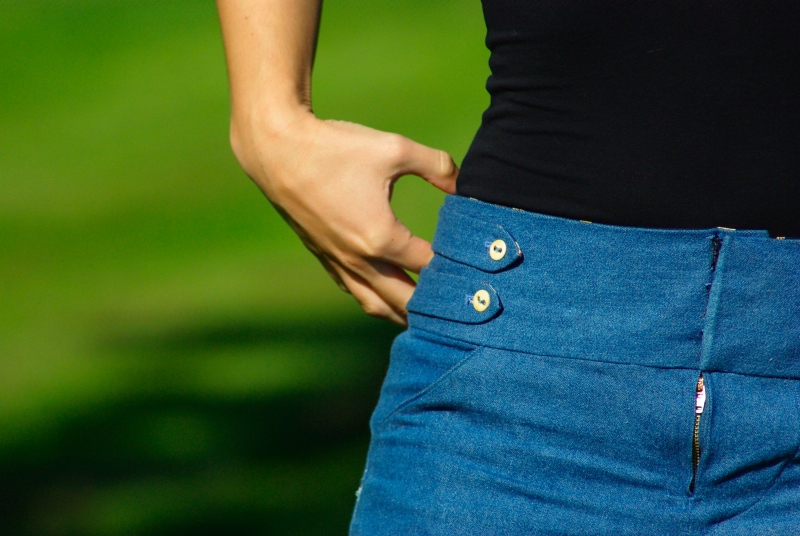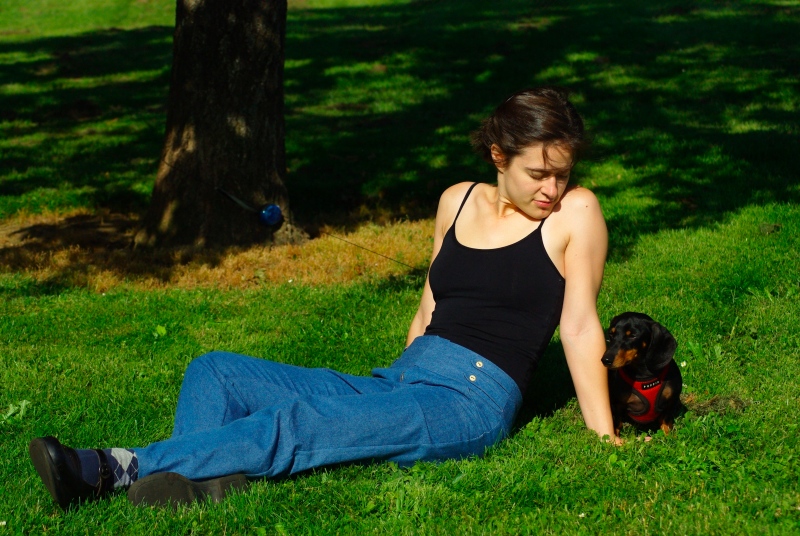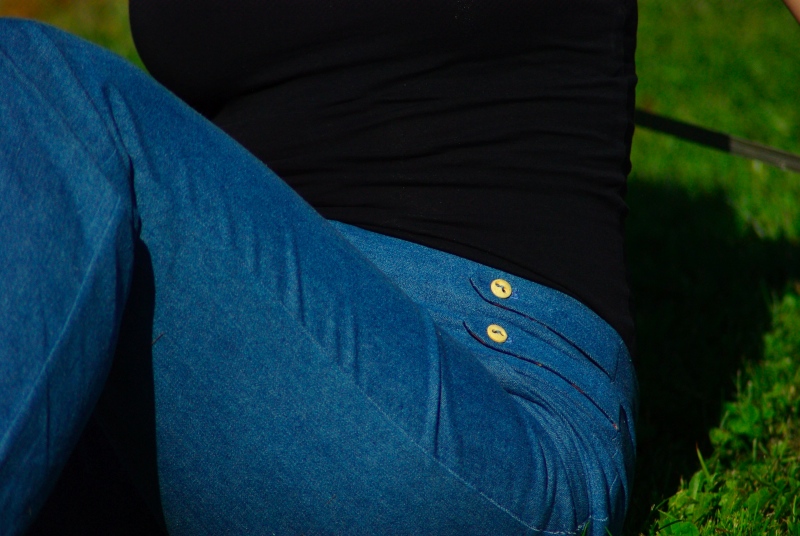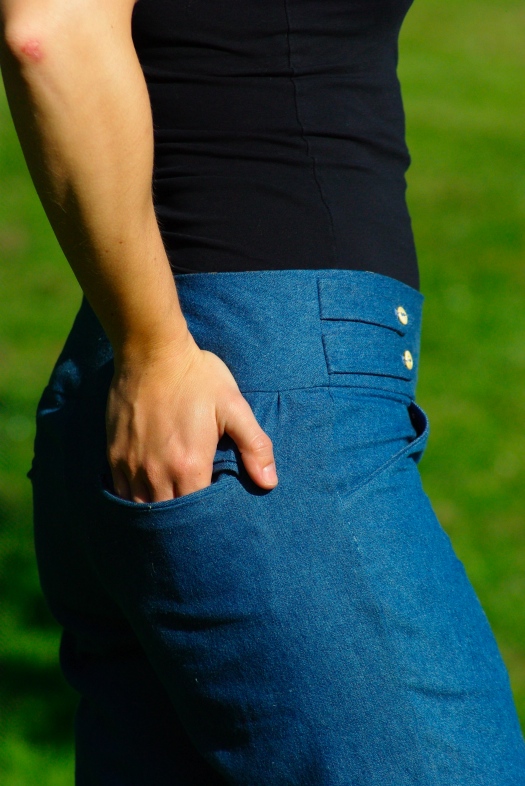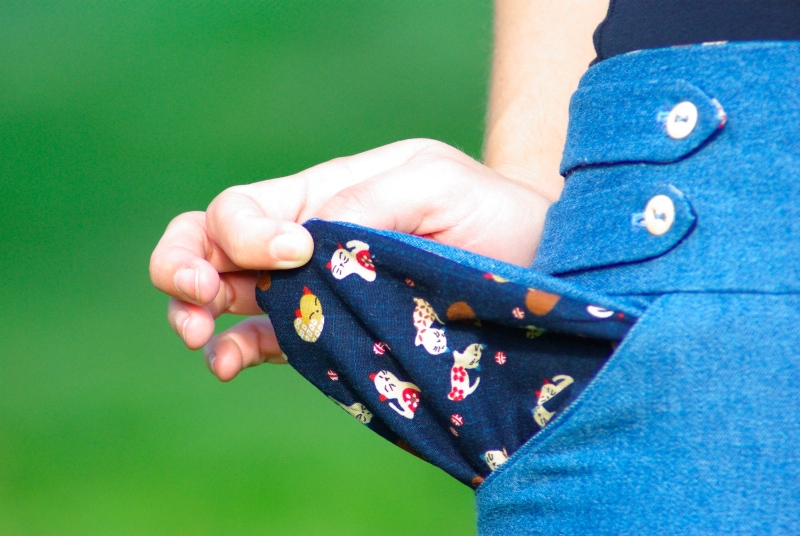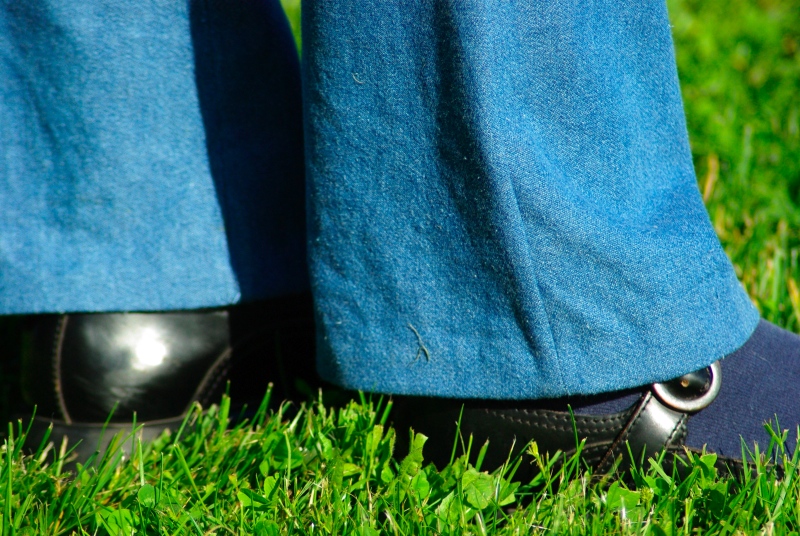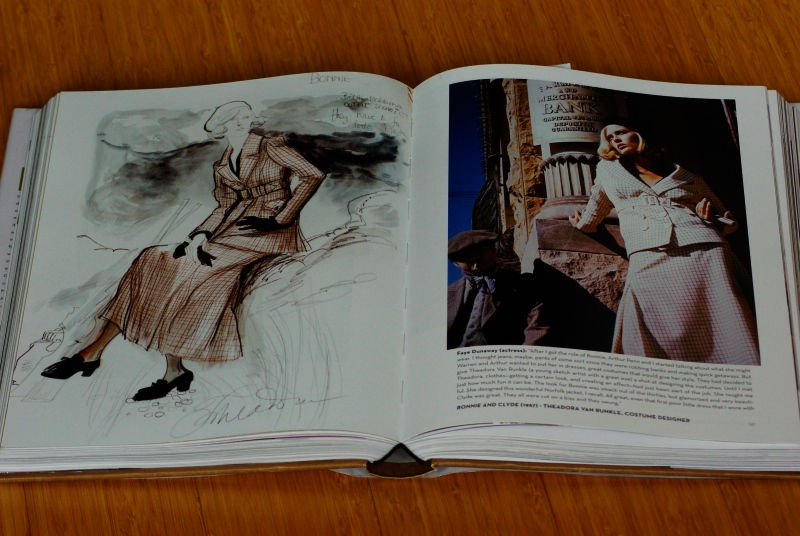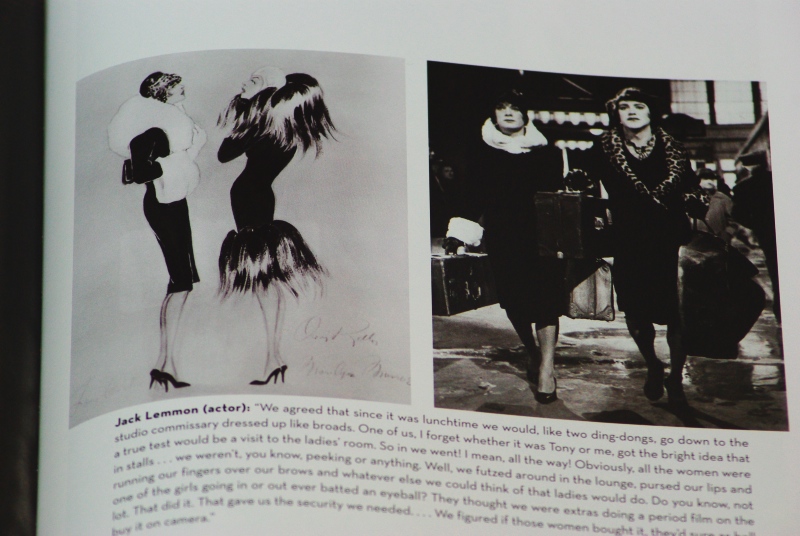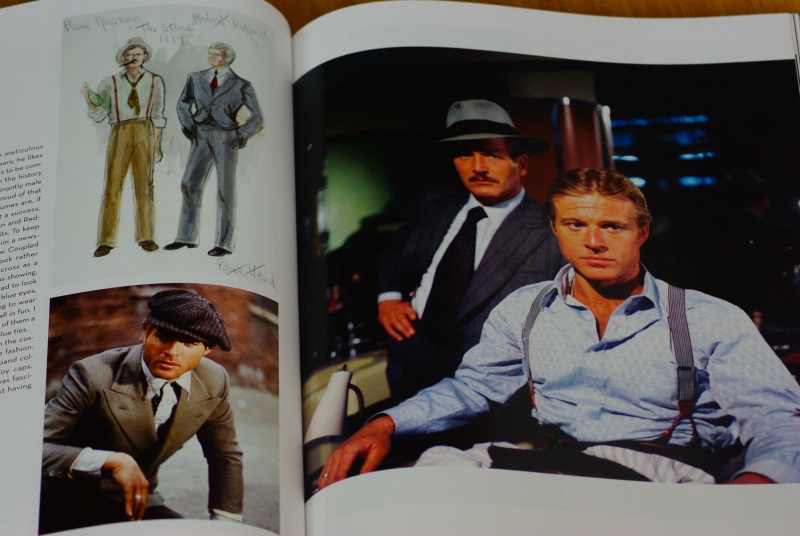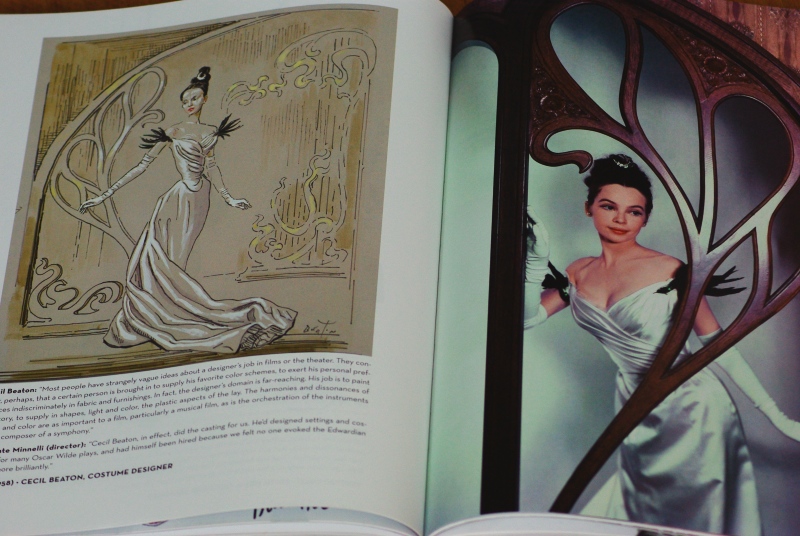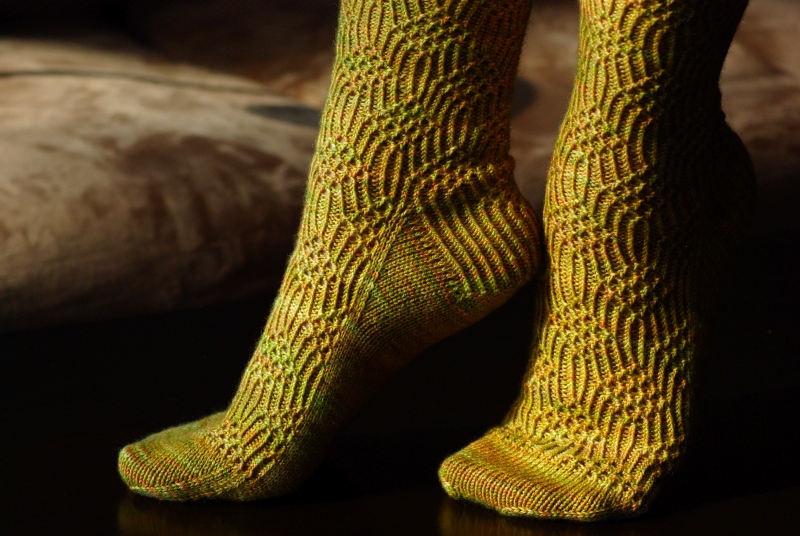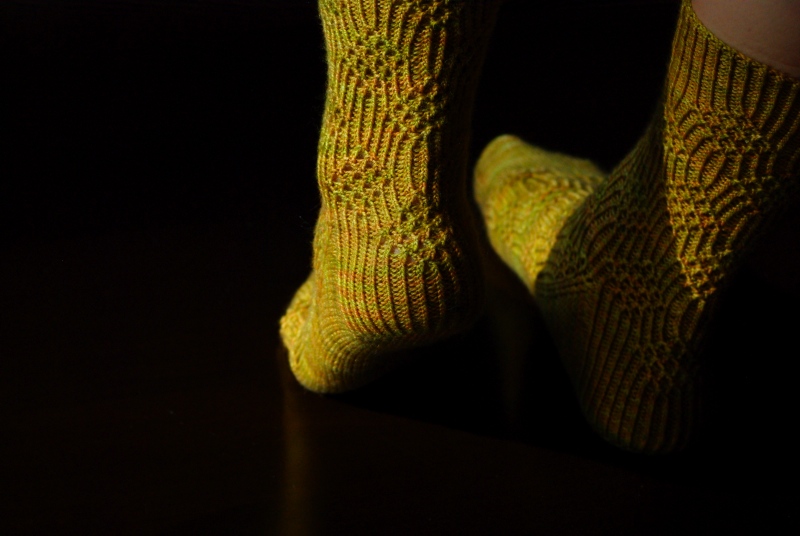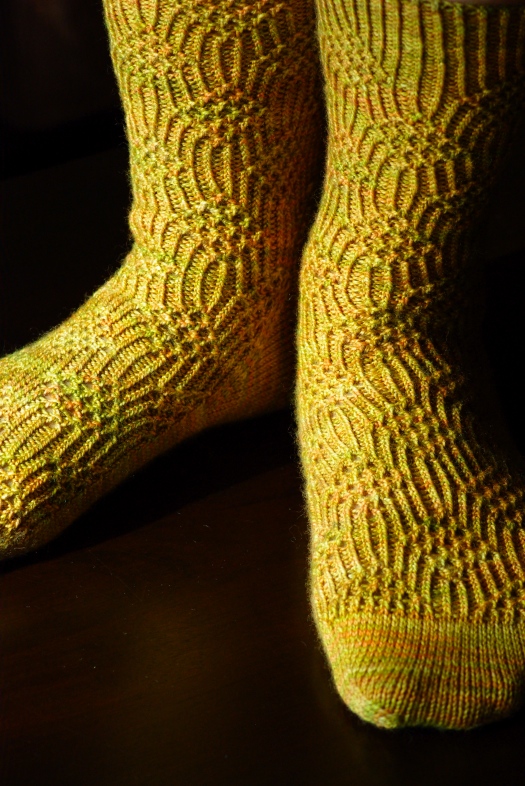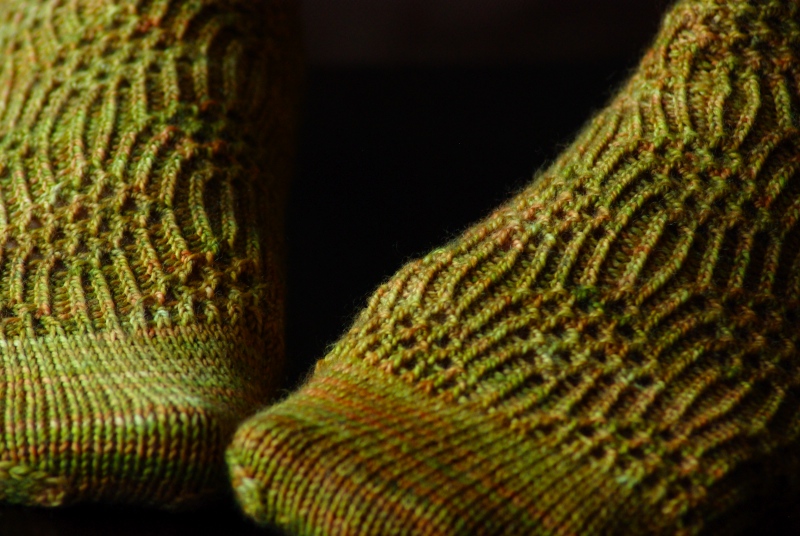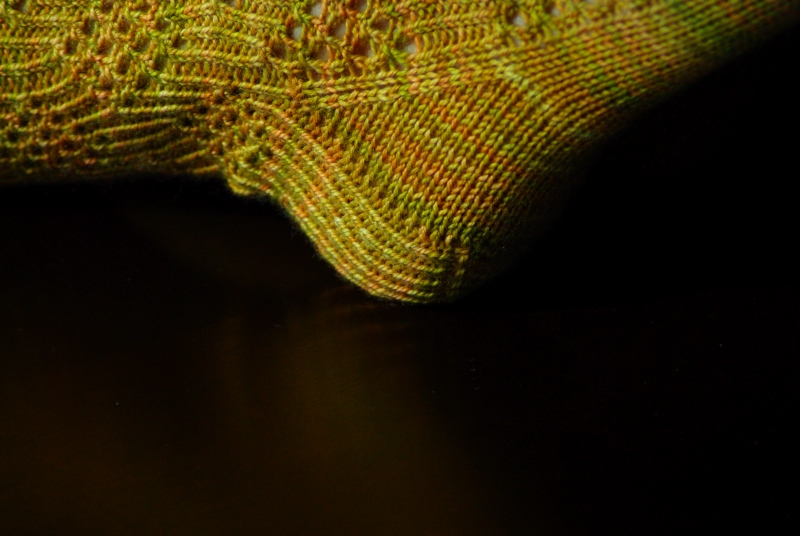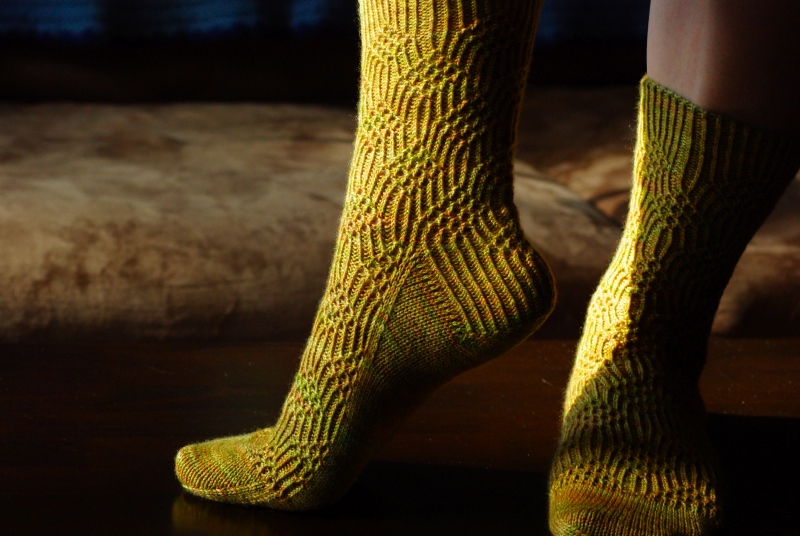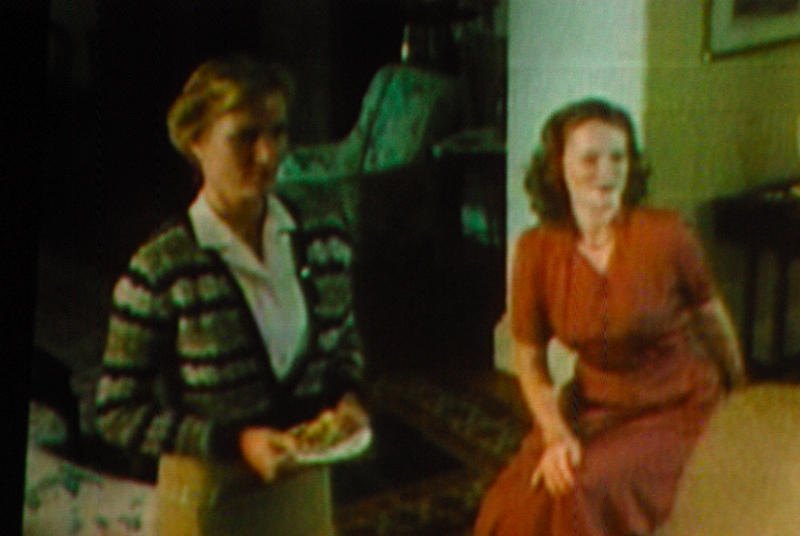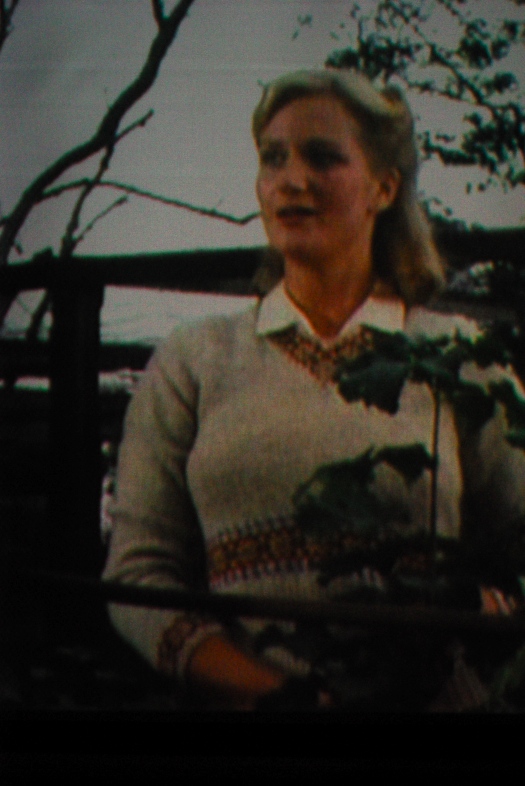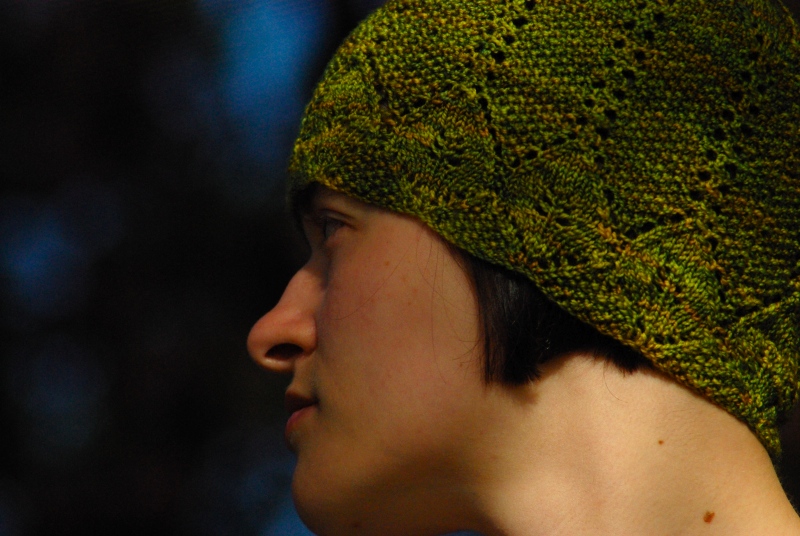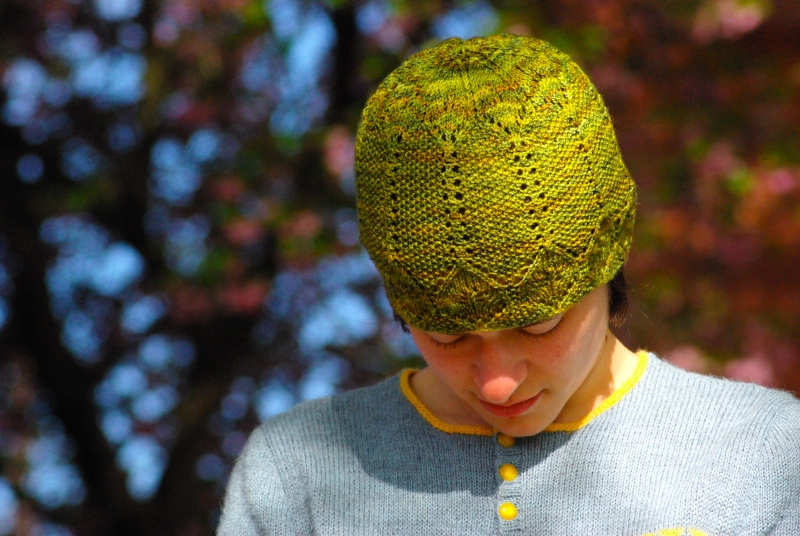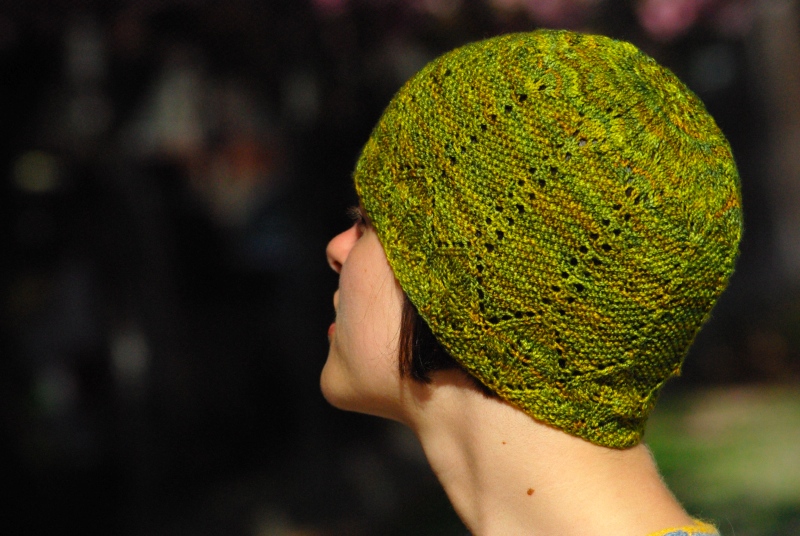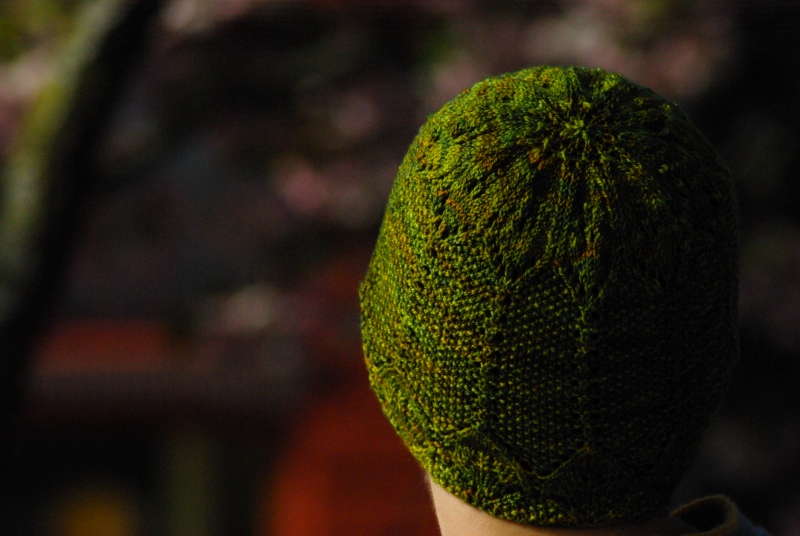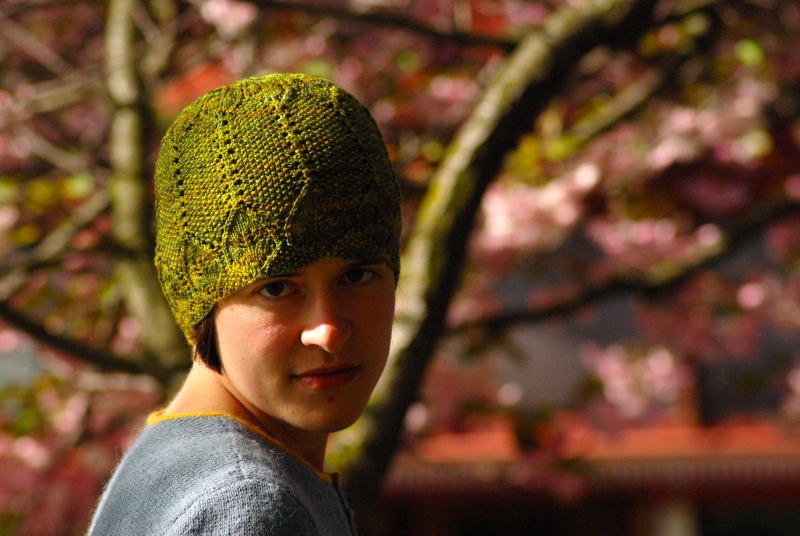WOW. Thank y'all SO much for the enthusiastic response to Julia! She loves you too, even if you can't tell by her aristocratic British facade. The other accessory patterns are progressing apace, but in the meantime, I thought you might enjoy this review. I wrote it for my other blog, but since Family Trunk Project visitors are, by definition, at least somewhat interested in how clothes tell stories, you might dig it too. This book is definitely a lovely way to pass a drizzly Sunday afternoon. Enjoy!
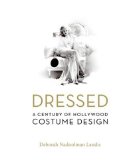
I first encountered Deborah Nadoolman Landis's Dressed: A Century of Hollywood Costume Design in a cozy bookstore in the Paddington, New South Wales. I was waiting for David to be done looking at something, and I casually picked it up, thinking it would be a pleasant way to while away a few minutes. Two hours later, David had forcibly to interrupt my delighted retelling of costume-related old Hollywood anecdotes, and remind me that three o'clock was getting on past lunchtime and we still hadn't eaten. Reluctantly, as I didn't have the cash in my pocket or room in my suitcase to bring the book home with me, I left it on the shelf, adding it to my mental list of books to be checked out of the library. Imagine my surprise when, six months later, it appeared in my pile of birthday presents, waiting to be perused at my leisure! David is a very canny gift-giver, people. Very canny indeed.
I think Dressed is so captivating to me because it moves beyond the standard conceptions of Hollywood "glamor" to examine clothes as an integral element of storytelling. As someone who has always been fascinated by stories explicitly involving clothes, and by the more subtle narratives evoked by what we wear, I can't resist poring over the accumulated experience of a century of American costume designers who get paid to think about these issues in an intense and systematic way. Despite its low text-to-image ratio (this is an art book par excellence - not something to tote to the bus stop or the doctor's office), I found some of the ideas in Dressed to be quite thought-provoking. Here, for example, is Edith Head talking about designing for Olivia de Havilland in The Heiress:
Olivia's character, Catherine Sloper, was slightly clumsy and awkward. You had the feeling that she wasn't quite put together...I had to get across how uncomfortable she was with herself in whatever image she projected. I could not do it by giving her inexpensive or ugly clothes, because her father was a wealthy man and everything she wore was of the finest quality. No matter how much money she had, she never looked soignée because she was insecure. Rather than give Olivia a perfect fit, I made things purposely gap or wrinkle in the wrong place. I would put a collar too high or a sleeve a bit too short. If her dress had ruffles, it had a few too many ruffles combined with too much robbon and a bit too much lace, reflecting her unsophisticated taste.
As Landis points out, so much of the effect that costumes produce in films are perceived by audiences only unconsciously, as part of the larger effect. I think a lot of what Head is describing here - Catherine's maladroitness, despite her father's wealth - would be perceived as de Havilland's acting job, but it's interesting to realize how subtleties in the costumes contribute to the whole.
Numerous actors talk about how the costumes helped them to "find" the characters in the first place. In one of the most extreme examples, costume designer Anthony Powell recalls Glenn Close's instructions to him about her outfit for Cruella de Vil: "When I asked her for her thoughts on the character, she said, 'You just design it, and at the end I shall look at myself in the mirror and then I shall decide how to play the part.'" Kim Novak describes a subtler moment of transformation regarding the costumes for Vertigo (designed by Head, but minutely supervised by Hitchcock):
When I played Judy, I never wore a bra. It killed me having to wear a bra as Madeleine but you had to because they had built the suit so that you had to stand very erect or you suddenly were not 'in position.' They made that suit very stiff. You constantly had to hold your shoulders back and stand erect. But, oh that was perfect. That suit helped me find the tools for playing the role. It was wonderful for Judy because then I got to be without a bra and felt so good again, I just felt natural.
As someone trying, in my own modest way, to tell stories about character through clothes, detailed revelations like this are so interesting. I could have predicted that a bra (or lack thereof) would affect someone's silhouette, but I would never have thought that it could have such an affect on the final interpretation of a character.
Plus, whoa Nellie, the book is BEAUTIFUL. The layout and presentation are truly stunning. It's full of fascinating sketch-to-garment layouts like this one, of Faye Dunaway's pink Bonnie and Clyde suit:
I loved getting a glimpse of the original costume sketches for Jack Lemmon and Tony Curtis's outfits in one of my all-time favorite films, Some Like It Hot:
I think it's worth remarking that this original version of Jack Lemmon's costume was even more outrageous than the one actually used in the film.
Many costume designers talk about adapting their original ideas, or adapting period costume, so that it not only fits the actor but expresses the truth of the character or creates a desired response in the audience. Rita Ryack, costume designer on Casino, was lucky enough to have access to the entire closet of the real person on whom Robert De Niro's character is based, and used his clothes as points of creative departure. But she altered the styles and color schemes to be more in keeping with story they were trying to tell: "Lefty's own clothes, which were, in fact, mint and lavender and all these crazy colors, were a little too conservative for De Niro's Ace Rothstein." Similarly, Edith Head talks about costuming Paul Newman and Robert Redford in The Sting:
Both Newman and Redford look extremely sophisticated in suits. To keep Bob from looking too worldly, I gave him a newsboy's cap and a garish wide-patterned tie. Coupled with his impish grin, they made him look rather naive. When I wanted Paul to come across as a tough guy, I made sure his undershirt was showing.
Dressed is full of luscious little tidbits like this, but there are also, of course, the times when it's just plain eye candy. And I have no problem with those times, no problem at all. Occasionally the preparatory sketches are as beautiful as the finished stills; check out this gorgeous spread from Gigi, designed by Cecil Beaton:
I could go on and on about this book, but I won't. I do highly recommend it to anyone interested in the history of Hollywood, or in the narrative potential of clothes. I'm now off to the video store, to rent a few of the films alluded to within its pages!
